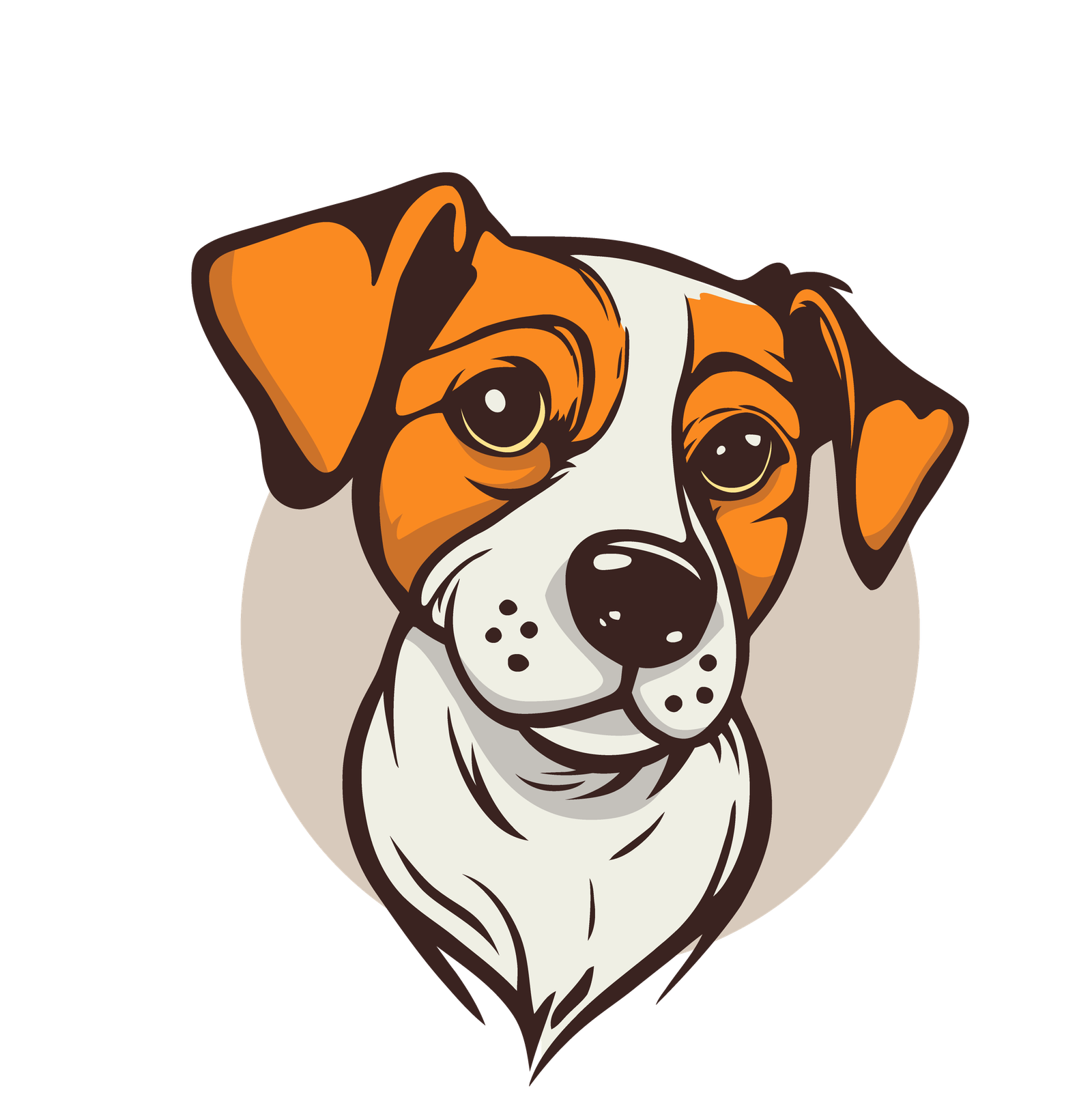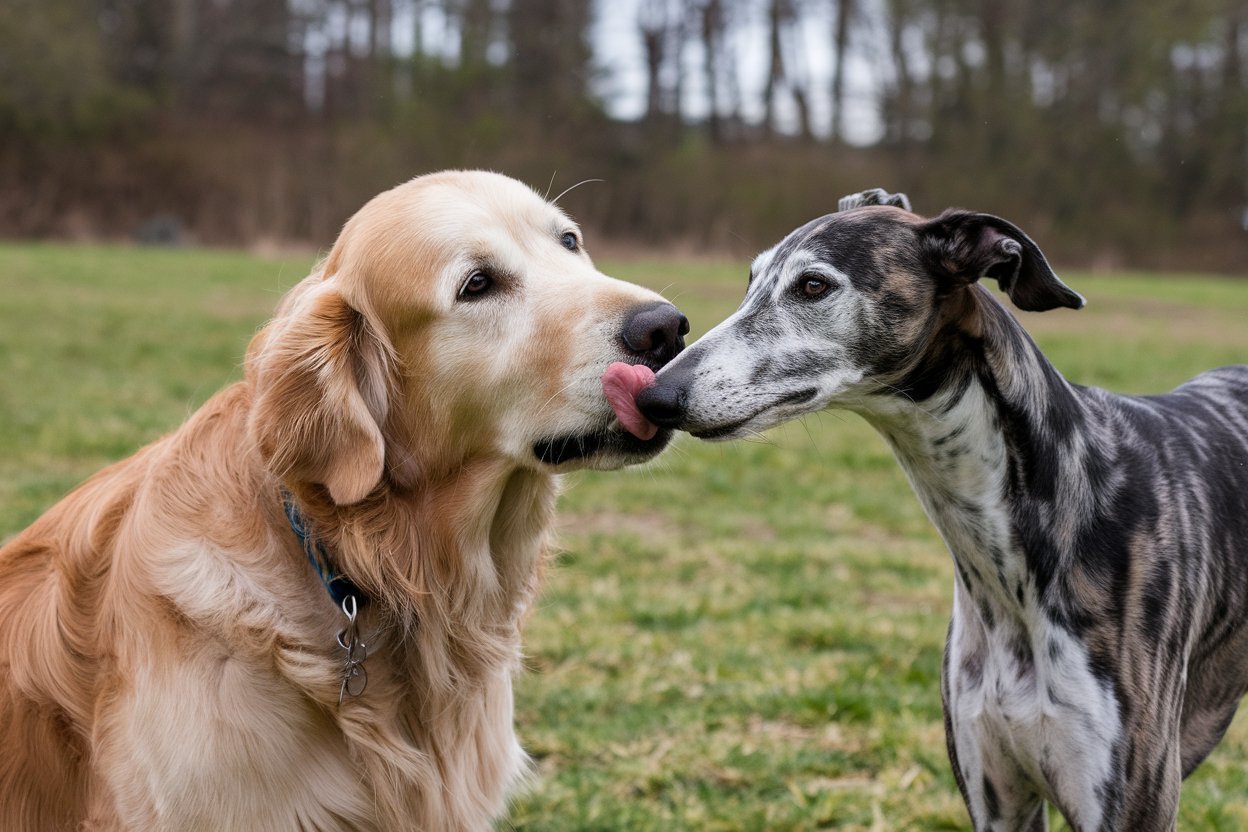As a specialist in canine behavior, I can confirm that pairing a male and female dog can be highly successful, provided certain factors are managed effectively. Dogs of different genders often complement each other well, and their interactions can be both dynamic and harmonious.
Understanding Gay Dogs: A Comprehensive Guide
The term gay dogs might sound surprising or even a bit amusing to some, but it’s an important topic that sheds light on animal behavior and sexuality. This article aims to provide a thorough understanding of homosexual behavior in dogs, its implications, and how it fits into broader discussions about animal sexuality.
What Are Gay Dogs?
The phrase gay dogs refers to canines that exhibit homosexual behaviors. These behaviors can include same-sex mounting, cuddling, or other social interactions typically associated with mating or pair bonding. It’s crucial to understand that these behaviors do not necessarily indicate a fixed sexual orientation as we understand it in humans.
The Science Behind Canine Homosexual Behavior
Many pet owners and animal enthusiasts might wonder whether gay dogs have a sexual orientation similar to that of humans. To address this, it’s essential to delve into scientific research. Studies have shown that homosexual behavior in dogs is not uncommon. These behaviors can serve various purposes, including establishing dominance, relieving stress, or expressing affection.
For instance, a study published in the journal Ethology explored same-sex interactions among dogs in different social settings. The research found that such behaviors are often part of normal social interactions and do not necessarily indicate a preference or orientation.
Anecdotes and Observations
Imagine a dog park where two male dogs frequently engage in playful wrestling. At first glance, it might appear that these dogs are exhibiting homosexual behavior. However, this is often just a form of play or social interaction. Observing dogs in various settings can help us better understand the range of behaviors they exhibit.
One heartwarming example involves a pair of male dogs, Max and Charlie, who were adopted together. Their owners noticed that Max would often cuddle close to Charlie, sharing a deep bond that seemed to go beyond mere friendship. While this affection might seem to indicate a special connection, it’s important to remember that dogs, like humans, have diverse ways of expressing love and loyalty.
Why Understanding Gay Dogs Matters
Understanding homosexual behavior in dogs helps us better appreciate the complexity of animal behavior. It can also provide insights into the social and emotional needs of our pets. By acknowledging that such behaviors are a natural part of canine life, we can foster a more inclusive and empathetic environment for all animals.
Addressing Misconceptions
A common misconception is that gay dogs are somehow “broken” or “unnatural.” This is far from the truth. Homosexual behavior in animals is a natural occurrence and part of the wide spectrum of animal behavior. Recognizing this helps in creating a more informed and compassionate approach to animal care.
A Step-by-Step Guide to Understanding Your Dog’s Behavior
To better understand your dog’s behavior, follow these steps:
- Observe Behavior: Pay attention to your dog’s interactions with other dogs. Look for patterns in their behavior, such as same-sex mounting or affectionate gestures.
- Research: Familiarize yourself with the various reasons behind canine homosexual behavior. Utilize resources like the Journal of Animal Behavior and articles from reputable sources like the American Kennel Club.
- Consult a Veterinarian: If you have concerns about your dog’s behavior, consult a veterinarian or an animal behaviorist. They can provide professional insights and address any specific issues.
- Provide Support: Ensure that your dog has a supportive and loving environment. Sometimes behavioral changes can be linked to stress or other factors, so maintaining a stable home life is crucial.
- Educate Others: Share your knowledge with fellow dog owners to promote a broader understanding of canine behavior.
Why You Should Embrace the Diversity of Canine Behavior
Embracing the diversity in canine behavior allows for a more inclusive perspective on pet care. When we understand and accept the various ways dogs express themselves, we can offer better care and support to our pets.
Products That Support Canine Health and Well-Being
If you’re looking for products to enhance your dog’s well-being, consider investing in high-quality dog toys and interactive games. These can help in managing stress and providing mental stimulation, contributing to overall health and happiness.
- Interactive Dog Toys: Products like the KONG Classic Dog Toy are excellent for mental stimulation and can help alleviate stress.
- Comfort Items: Cozy beds and blankets, such as those from Kuranda, offer comfort and security for your pet.
- Training Tools: Positive reinforcement tools like treat-dispensing toys can aid in behavior training and reinforce good habits.
Conclusion
In conclusion, understanding gay dogs and homosexual behavior in dogs provides valuable insights into the complex world of animal behavior. By recognizing that these behaviors are natural and not a cause for concern, we can better support and care for our pets. Embracing this knowledge helps us foster a more compassionate and informed approach to pet ownership.
For more information, explore resources such as the American Society for the Prevention of Cruelty to Animals (ASPCA) and The Humane Society. These organizations offer valuable insights and support for pet owners looking to understand and address various aspects of animal behavior.
Can male dogs coexist?
Yes, male dogs can coexist harmoniously. Successful cohabitation depends on proper introductions, establishing clear social hierarchies, and ensuring each dog receives individual attention and resources. Positive reinforcement and consistent training can help them build a respectful relationship.
Can dogs have lovers?
Yes, dogs can form strong bonds with other dogs that resemble loving relationships. These bonds can include behaviors such as cuddling, playing, and staying close to each other. While dogs don’t have romantic relationships like humans, they do experience deep, affectionate connections with their companions.
Is it okay to get a boy and girl dog?
Yes, it’s perfectly fine to get a boy and girl dog. Male and female dogs can get along well together and form strong bonds. As with any pairing, their compatibility will depend on their individual personalities and proper socialization. Ensure you provide them with enough space, attention, and training to help them build a harmonious relationship.

